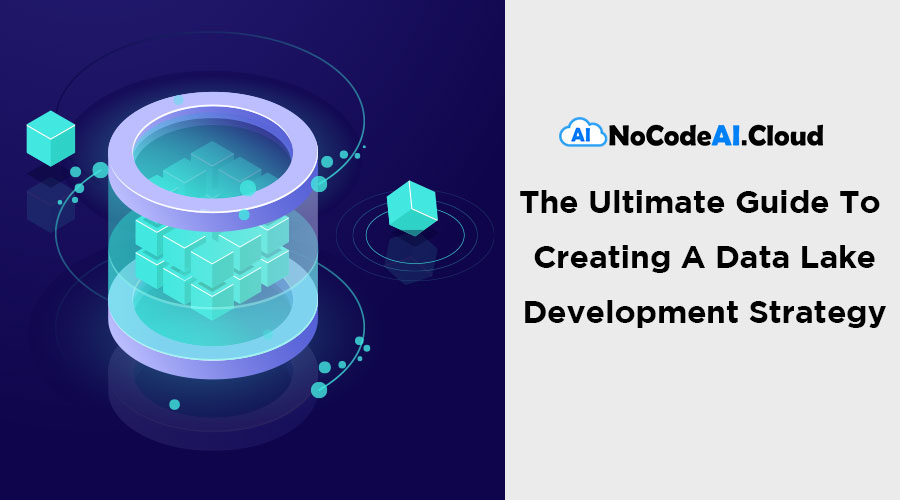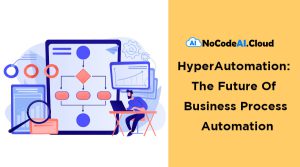Introduction
A data lake is an accumulation of raw data in its natural form, which is usually a large volume and variety of data sources. It’s usually housed in the same repository as the data warehouse, although it doesn’t have to be. The defining factor of a data lake is that the structure of the data isn’t enforced until it’s needed.
Data lakes are important because they provide enterprises with a way to unlock new value from their data. They make it possible to capture all of the enterprise’s data, including
What is a data lake?
A data lake is a large storage repository for various types of data, which can be accessed and analyzed by users in a self-service manner. The data in a data lake can come from a variety of sources, including internal company data, external data sources, and Big Data platforms.
The main advantage of using a data lake is that it allows users to access and analyze data in a more flexible and agile manner than traditional data warehouses. Additionally, the cost of storing data in a data lake is often lower than the cost of storing data in a traditional data warehouse.
The benefits of data lakes
Data lakes are a relatively new technology, and there is still some confusion about what they are and what they can be used for. In short, a data lake is a repository for all sorts of data, both big and small. This data can be in any format, and can come from any source.
The benefits of data lakes are many. First, they make it easy to store and access data. Second, they allow you to analyze data in ways that wouldn’t be possible with traditional data warehouses. Third, they are perfect for big data projects. Finally, they are cost effective and scalable.
How to create a data lake development strategy
Data lakes are a valuable resource for data-driven organizations. They provide a single platform where all data can be stored and accessed in its natural form. This makes it possible to quickly and easily analyze all data, regardless of its location or format.
A successful data lake development strategy must take into account the needs of the organization. The strategy should include the following:
-The type of data to be stored in the lake
-The structure of the data
-How the data will be accessed and used
-Storage requirements and infrastructure needs
-Security and governance requirements
The process of data lake development
Data lakes are a relatively new technology that have been gaining in popularity in recent years. They offer a number of advantages over traditional data warehouses, and as a result they are becoming an increasingly popular choice for organizations looking to store and analyze their data.
However, data lakes are not without their drawbacks. They can be difficult to set up and maintain, and it can be difficult to get the most out of them without the right expertise. In this article we will explore the process of data lake development, and discuss some of the things you need to consider if you are thinking about implementing one.
Challenges you might face while developing your data lake
There are many challenges that you might face while developing your data lake. It is important to be aware of these challenges so that you can take steps to mitigate them. Some of the most common challenges are:
1. Lack of standardization: When you are collecting data from different sources, it is not always in the same format. This can make it difficult to store and analyze the data.
2. Lack of governance: If there is no governance in place, it can be difficult to ensure that the data is accurate and up-to-date.
3. Lack of integration: This can be a major challenge, as different data sources often use different formats. You’ll need to find a way to integrate all of your data into a single platform in order to take full advantage of the data lake.
Conclusion
The data lake is a powerful tool, but creating a successful development strategy can be a major challenge. Different data sources often use different formats, so you’ll need to find a way to integrate all of your data into a single platform. Once you have done that, you’ll be able to take full advantage of the data lake’s power.
NoCodeAI OnDemand Developers can develop a scalable and secure Data Lake Development Strategy for enterprises to: ingest any data from any system at any speed, data from on-premises, cloud, or edge-computing systems; store any type or volume; process data in real time or batch mode; and analyze data.
NoCodeAI.Cloud is a US based company that is managed by a team of High level professionals with 60 plus years’ experience in Enterprise Data management, Cloud services, Artificial Intelligence, Machine Learning, Deep Learning, Business Process Development, Agile DevOps and the latest cutting edge technology in Robotic Process Automation (RPA) and HyperAutomation (HA).



